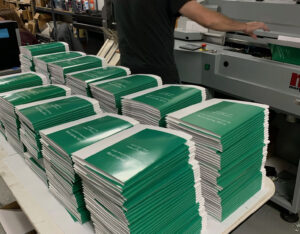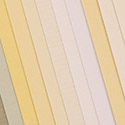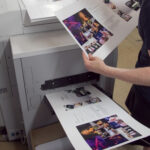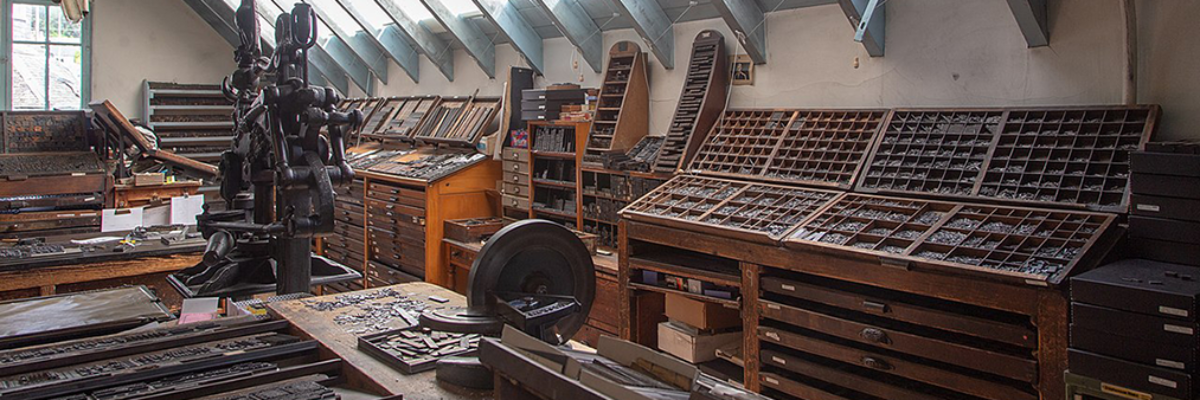For a free, instant, no-obligation quote for book printing, visit the
Zip Book Print Quote Calculator (Click Here)
When it comes to publishing a book, one of the biggest decisions you’ll need to make is how and where to get it printed. Professional book printing ensures a high-quality product and allows print buyers to get the most out of their investment. Professional book printing is a cost-effective way to get your work out there. Understanding the costs and benefits of the various options of the book printing process can help you make the best decision for your project.
Book printing costs
What Type of Binding is Best for Your Book?
 When it comes to printing books, cost and quality are often top of mind. As an author, publisher, school, or organization it’s important to make the right decision when it comes to binding your books. After all, the binding process can have a significant impact on the cost of printing books. The type of binding you select can significantly impact the printing cost of your books. Depending on the number of books you’re printing and the quality you’d like to achieve, there are a number of options available. One of the most popular binding options for books is perfect binding. This method involves gluing the book’s spine with a strong adhesive to bind the pages. Perfect binding is great for larger print runs.
When it comes to printing books, cost and quality are often top of mind. As an author, publisher, school, or organization it’s important to make the right decision when it comes to binding your books. After all, the binding process can have a significant impact on the cost of printing books. The type of binding you select can significantly impact the printing cost of your books. Depending on the number of books you’re printing and the quality you’d like to achieve, there are a number of options available. One of the most popular binding options for books is perfect binding. This method involves gluing the book’s spine with a strong adhesive to bind the pages. Perfect binding is great for larger print runs.
What is the Optimal Format for Your Book?
The cost of printing your book is a key consideration when deciding on the optimal format for your work. There are a variety of printing options available, each with its own benefits and drawbacks. It is important to be informed and to understand the full range of book printing costs before making a decision. When considering book printing costs, a primary factor to keep in mind is the page size of the book. Large-format books (such as those often used for coffee table books) are generally more expensive to print than smaller formats, as they require a larger press, more paper, more ink/toner, and take more time to print. Additionally, the number of pages in your book will also impact the cost of printing. The more pages, the higher the cost.
Paper Stocks
 Paper stock is an important aspect of book printing costs. With the right paper stock, you can create a visually appealing and durable book that will stand up to the test of time. When selecting a paper stock for your book, it is important to consider a few factors. First and foremost, you should always choose a paper stock that is the appropriate weight for the final book size. Lighter paper stock may be cheaper, but it may not have the strength and durability to withstand the wear and tear of everyday use. For heavier books, such as textbooks or reference books, you may need to consider a heavier paper stock to ensure longevity. The second consideration is the paper finish. Coated glossy or matte finishes will provide greater visual appeal and greater reproduction of high-definition images. Alternatively, less expensive uncoated papers work well for text-based books.
Paper stock is an important aspect of book printing costs. With the right paper stock, you can create a visually appealing and durable book that will stand up to the test of time. When selecting a paper stock for your book, it is important to consider a few factors. First and foremost, you should always choose a paper stock that is the appropriate weight for the final book size. Lighter paper stock may be cheaper, but it may not have the strength and durability to withstand the wear and tear of everyday use. For heavier books, such as textbooks or reference books, you may need to consider a heavier paper stock to ensure longevity. The second consideration is the paper finish. Coated glossy or matte finishes will provide greater visual appeal and greater reproduction of high-definition images. Alternatively, less expensive uncoated papers work well for text-based books.
Page Sizes
Books can be printed in many physical sizes and the size will affect the cost to print a book. Some standard sizes in the United States are 5 ½” x 8 ½“, 6” x 9”, 8 ½” x 8 ½”, 8 ½” x 11”, all the way up to 12” x 12”. At the smaller sizes of 5 ½” x 8 ½“, 6” x 9”, and 9” x9”, the books can be digitally printed more economically because 2 pages can be printed on each sheet side, cutting the cost per page nearly in half compared to the middle sizes such as 8 ½” x 11”. Once the page size rises above 8 ½” x 11”, or 9” x 12”, the per-page costs nearly double.
Printing Methods
 The next cost is the printing process itself. There are several options including offset printing and digital printing. For small to medium print runs (1-1000), digital printing is best. For large print runs (Thousands of copies), offset printing offers large cost savings.
The next cost is the printing process itself. There are several options including offset printing and digital printing. For small to medium print runs (1-1000), digital printing is best. For large print runs (Thousands of copies), offset printing offers large cost savings.
Quantities
 Finally, the number of books to be printed will affect the price per copy. There can be a large difference in cost between printing s few copies and printing many thousands of copies. For example, you may pay $10-$15 each for 50 or 100 digitally printed full-color coffee table books, but the price might drop to $3 per copy if you order 5,000 offset-printed books. Of course, if you are an author self-publishing your own book, financial constraints will most likely prohibit you from placing a large order of copies.
Finally, the number of books to be printed will affect the price per copy. There can be a large difference in cost between printing s few copies and printing many thousands of copies. For example, you may pay $10-$15 each for 50 or 100 digitally printed full-color coffee table books, but the price might drop to $3 per copy if you order 5,000 offset-printed books. Of course, if you are an author self-publishing your own book, financial constraints will most likely prohibit you from placing a large order of copies.
Print On Demand
Print-on-demand (POD) printing is a popular choice among authors because it requires no upfront costs and is often the most affordable option. With POD printing, your book is only printed when an order is placed, meaning you won’t have to pay for unsold copies. The downside of this option is that the cost per copy can be higher than with other types of printing. Another option is short-run digital printing, which is best for authors who need a small number of copies quickly for resale and fulfillment.
Get Instant Book Pricing
Estimating book printing costs can help you make sure that you’re staying within your budget while still creating a high-quality product. Print cost estimation also acts as a basis for setting retail prices of a book and for ensuring a profitable venture. If you would like to estimate the cost to print your book, feel free to visit the Zip Book Print Quote Calculator (Click Here), which offers a free, instant, no-obligation quote.
